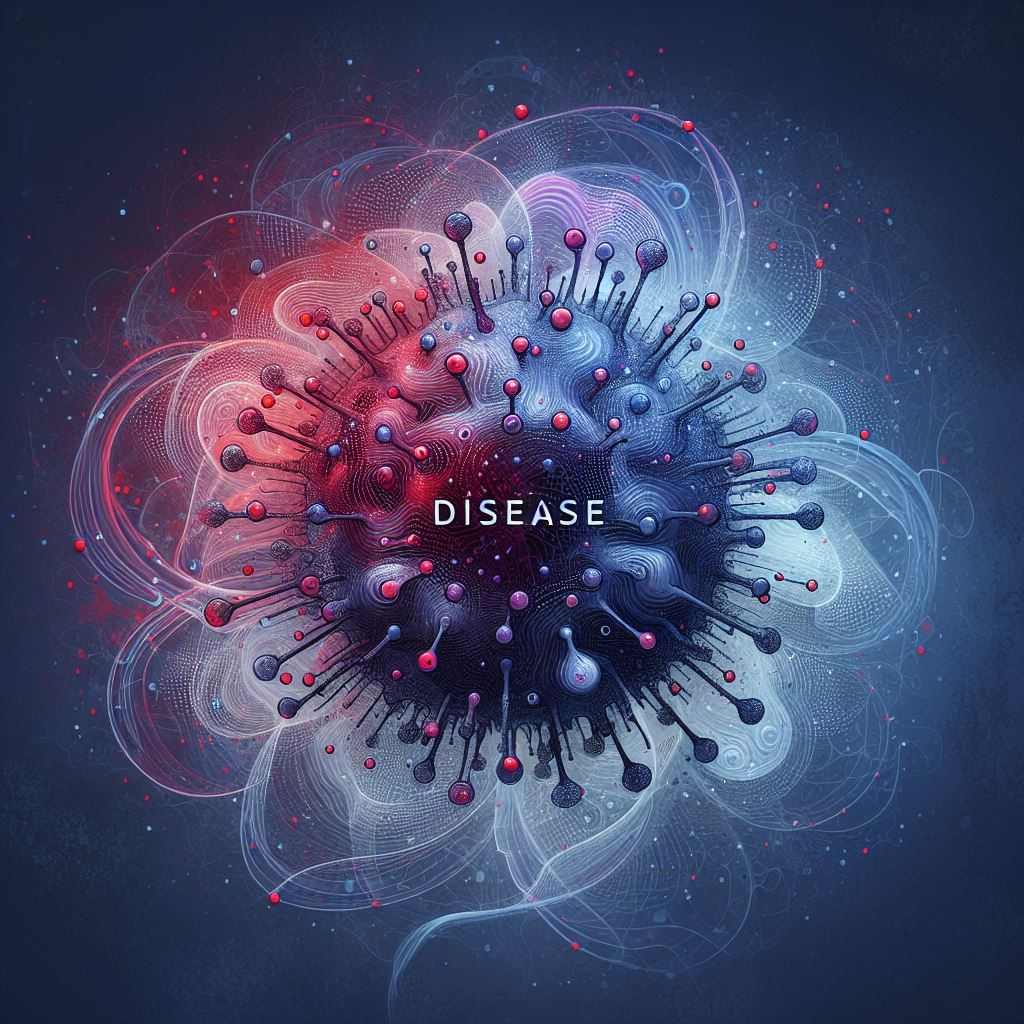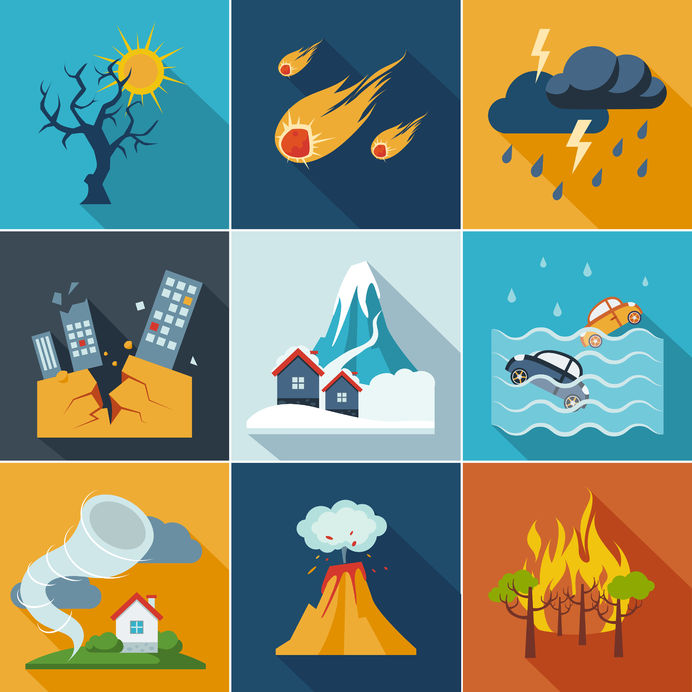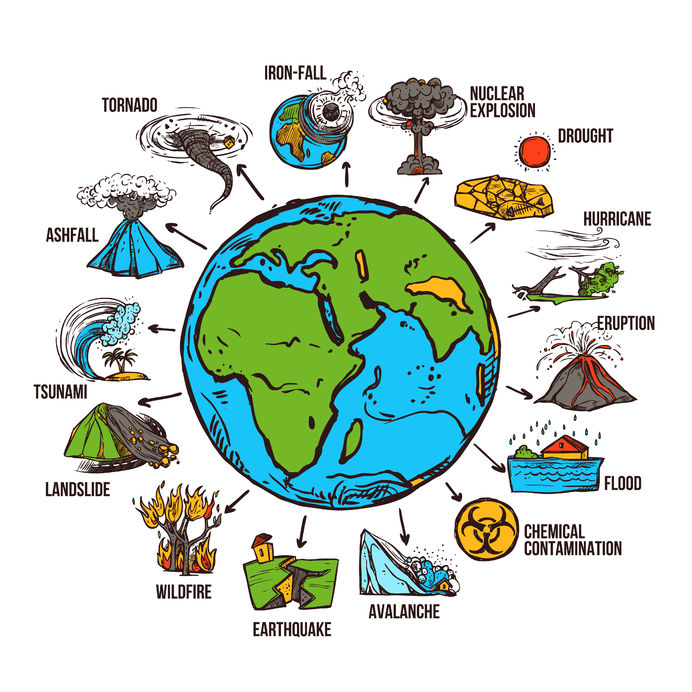As we all know that Air is present everywhere, and it is different from solid objects such as table, chair. If we say air is a gas then it should be wrong as it has been made out of gases. Every single gas consists of all types of matter and can’t be seen or feel easily, but air consists of their weight and mass. Everything that has mass is affected by gravity. So just like solid objects, air falls down toward the Earth’s surface.
Now, you might wonder why we sometimes see gases rising towards the sky. Why doesn’t that escape into space?
Well, think of the atmosphere is like a big pool of water. If you tried to hold a ball at the bottom of the pool, it would float to the top. However, it wouldn’t keep going up and up into the sky–it would stop at the surface of the pool. A helium balloon is still being pulled down by gravity, but it’s “floating” in the air much the same way as the ball floats in water.
Earth is considered as the watery planet,between two-thirds and three-fourths of the earth’s surface iscovered with water.
The water which is present in the earth is of different types:
- Oceans 97.2% of total water
- Ice caps/glaciers 2.38%
- Groundwater 0.397%
- Surface water (e.g., lakes, rivers, streams, ponds) 0.022%
- Atmosphere 0.001%
Most of the surveys concluded that only a small percentage of water is suitable for humans to drink. Not all of the water in the ground and in lakes and rivers is easy to reach or clean enough to drink. For humans, plants, and animals using Ice caps and glaciers are certainly hard to use. Some work is being done to take the salt out of ocean water, but that is an expensive process.
In the earth surface water covers three-quarters, it might appear that there is plenty to go around and that we can never run out of this valuable resource. In reality, however, we have a limited amount of usable fresh water.
Over 97 percent of the earth’s water is found in the oceans as salt water. We have two percent of the earth’s water is stored as fresh water in glaciers, ice caps, and snowy mountain ranges. That leaves only one percent of the earth’s water available to us for our daily water supply needs.
Why other planets do not have atmosphere?
Other planets or heavenly bodies other than earth doesn’t have atmosphere in their surface. It is because these objects are lighter in weight and lesser the weight the body holds fewer gases over it. Another reason is that, it also depends upon the temperature of the planets. If the planet is cold then the atmosphere gets freeze there and vice versa.
Venus Climate
Although Venus and Earth are believed to have started with the same amount of volatile gases, they followed very different evolutionary paths. The early Venus may have been habitable with water oceans However, the Sun’s luminosity increased by 30% over the past 4 billion yrs.
Mars Climate
Mars may have had a much warmer climate in its past–Geological evidence from erosion patterns suggest that liquid water was stable on the surface. Warming was probably due to an enhanced greenhouse effect–A CO2 atmosphere at 400 time’s present density would work for the present Sun.
How Many Planets out there?
There are about 500-600 known planets circling around other stars (other than the Sun). Many are likely to be barren (too hot or too cold), but some may be `habitable. Habitable = a narrow region of orbits around a star where water can be in liquid form Future NASA (and other) missions may establish whether this is the case, but in order to do that, we need to understand how we recognize that a planet may host some life.





